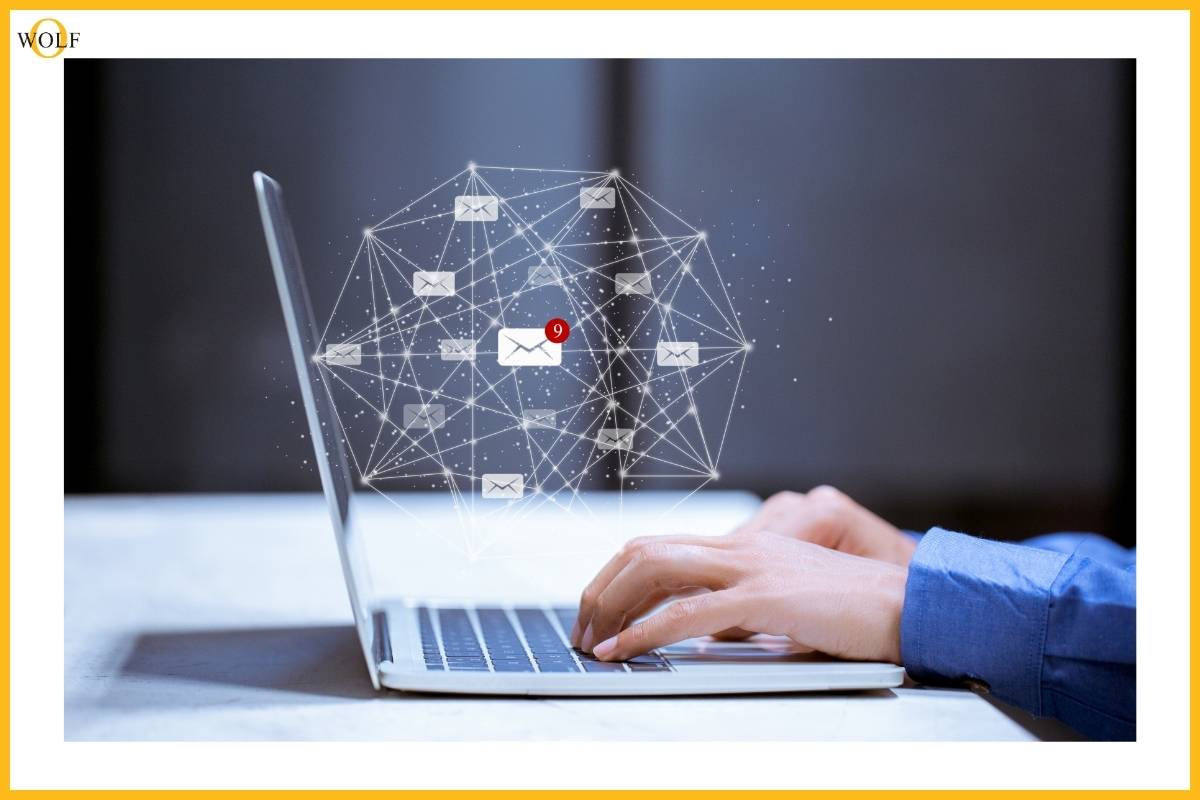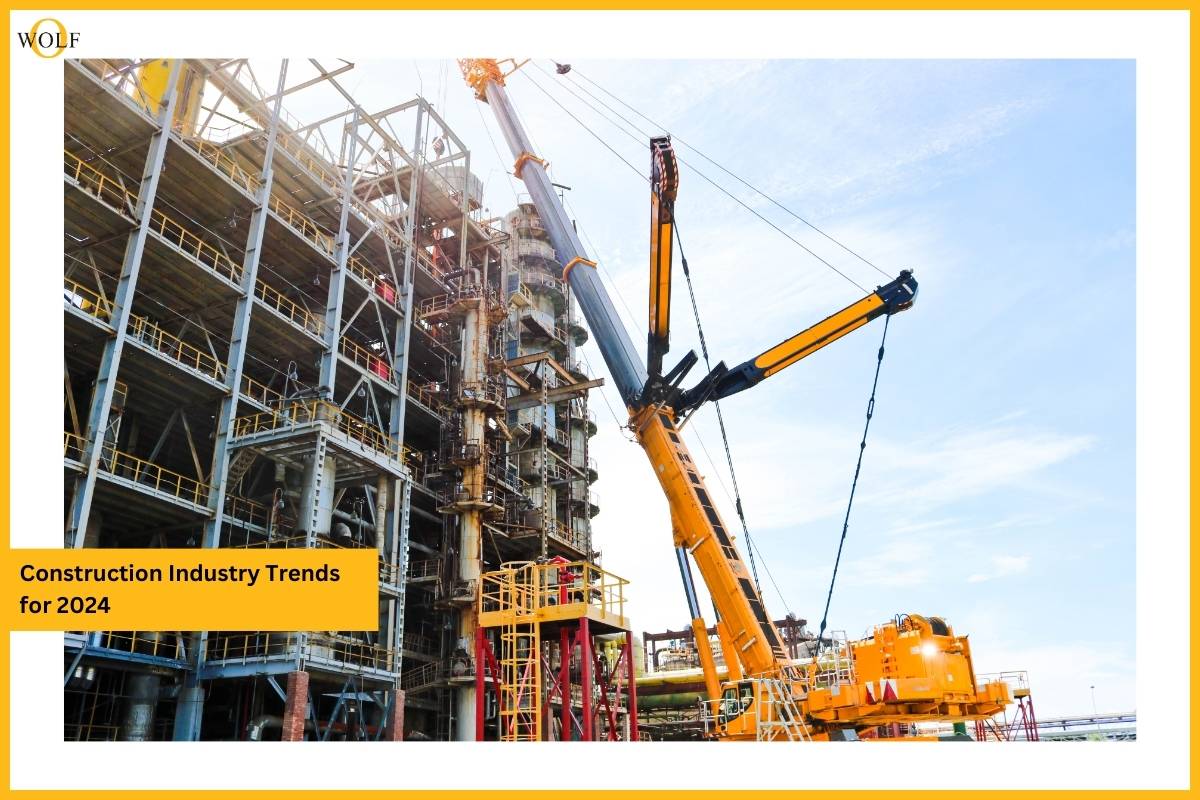The construction sector is undergoing tremendous alterations, owing to technological improvements, sustainability aims, and shifting worker dynamics. As we approach 2025, several trends are emerging that promise to transform how construction projects are planned, completed, and managed. This article digs into the major trends influencing the construction sector in 2025, covering the primary drivers, benefits, and potential issues for each trend.
1. Embracing Digital Twins
Digital twin technology is transforming the building construction industry by generating virtual reproductions of physical structures. These digital models enable real-time monitoring and simulation, providing significant insights into the construction process and building performance throughout its lifecycle.
Key Drivers:
- Improved project visualization and planning.
- Data analytics enable better decision-making.
- Costs were reduced, and efficiency was raised.
Benefits:
- Early detection and mitigation of potential problems.
- Increased collaboration among parties.
- Real-time performance monitoring and maintenance optimization.
Challenges:
- High initial setup expenditures.
- Integrate with existing systems.
- Data security and privacy issues.
2. Use of Modular Construction Industry
The modular construction industry is gaining popularity as a sustainable and effective alternative to traditional construction methods. This method involves prefabricating building components off-site and assembling them on-site, which dramatically reduces construction time and waste.
Key Drivers:
- There is a growing demand for cheap homes.
- Increased emphasis on sustainability.
- Technological advances in prefabrication.
Benefits:
- Shorter project completion times.
- Reduced material waste and environmental effects.
- Improved quality control.
Challenges:
- An initial investment in prefabrication facilities.
- Transportation and logistics for modular components.
- Acceptance and adoption among the construction workforce.
3. Integration with Artificial Intelligence (AI)

Artificial intelligence is revolutionizing the construction sector by automating complicated processes, optimizing resource allocation, and improving safety measures. AI applications are becoming increasingly important in fields such as predictive maintenance and automated project management.
Key Drivers:
- The availability of large data and advanced analytics.
- There is a need for increased project efficiency and cost control.
- Increased emphasis on workplace safety.
Benefits:
- Increased productivity and less downtime.
- Enhanced safety through predictive analytics.
- Improved resource allocation and cost savings.
Challenges:
- High implementation expenses.
- The workforce exhibits resistance to change.
- Ethical concerns with data privacy.
4. Green Building Practices.
Sustainability is at the forefront of the construction business, with an increased emphasis on green building principles. To reduce environmental effects, this trend suggests adopting eco-friendly materials, energy-efficient designs, and sustainable construction processes.
Key Drivers:
- Regulatory forces and government incentives.
- Raised awareness of environmental issues.
- There is a demand for structures that are both ecological and energy efficient.
Benefits:
- Lowered carbon footprint and environmental impact.
- Reduce operational costs through energy efficiency.
- Improved occupant health and well-being.
Challenges:
- Increased initial building costs.
- The supply of sustainable materials is limited.
- Balancing sustainability, functionality, and aesthetics.
5. Workforce Transformation.
The construction sector is seeing a transition in worker dynamics, owing to technological improvements and changing labor demographics. The adoption of automation and robotics creates new job prospects while requiring individuals to acquire new skills.
Key Drivers:
- An aging workforce and labor shortages.
- Technological advancements in automation and robotics.
- Need for improved productivity and safety.
Benefits:
- Increased efficiency and reduced labor costs.
- Enhanced safety through automation.
- New job opportunities in technology and innovation.
Challenges:
- Skill gaps and need for retraining.
- Resistance to change from the existing workforce.
- Balancing automation with human labor.
6. Enhanced Safety Measures

Safety remains a top priority in the construction industry, with new technologies and practices being implemented to protect workers. From wearable technology to site sensors, enhanced safety measures are reducing the risk of accidents and injuries.
Key Drivers:
- Regulatory requirements and compliance.
- Advances in wearable technology and IoT.
- Increasing focus on worker health and safety.
Benefits:
- Reduced incidence of accidents and injuries.
- Improved worker health and well-being.
- Lower insurance costs and liability.
Challenges:
- High costs of implementing new safety technologies.
- Ensuring compliance and proper use of safety equipment.
- Balancing safety with productivity.
7. Building Information Modeling (BIM)
BIM continues to be a cornerstone of modern construction industry practices, enabling collaborative project management and improved design accuracy. In 2025, the use of BIM is becoming more widespread, with advancements in software and data integration.
Key Drivers:
- Increasing project complexity and demand for accuracy.
- Technological advancements in BIM software.
- Need for improved collaboration among stakeholders.
Benefits:
- Enhanced project visualization and planning.
- Improved accuracy and reduced errors.
- Better collaboration and communication.
Challenges:
- High implementation and training costs.
- Integration with existing systems and processes.
- Data management and security concerns.
8. Focus on Resilient Infrastructure
With the increasing frequency of natural disasters and climate change impacts, the construction industry is prioritizing resilient infrastructure. This trend involves designing and building structures that can withstand extreme weather events and other disruptions.
Key Drivers:
- Climate change and environmental challenges.
- Government regulations and incentives.
- Demand for long-lasting and durable infrastructure.
Benefits:
- Enhanced durability and longevity of structures.
- Reduced maintenance and repair costs.
- Improved safety and security.
Challenges:
- Higher initial construction costs.
- Complex design and engineering requirements.
- Balancing resilience with cost-effectiveness.
9. Smart Cities and IoT Integration
The concept of smart cities is becoming a reality, with the construction industry playing a crucial role in integrating IoT (Internet of Things) technologies into urban infrastructure. Smart cities leverage IoT to enhance connectivity, efficiency, and quality of life for residents.
Key Drivers:
- Urbanization and population growth.
- Technological advancements in IoT and smart technologies.
- Government initiatives and funding.
Benefits:
- Improved urban planning and resource management.
- Enhanced quality of life and connectivity.
- Increased energy efficiency and sustainability.
Challenges:
- High costs of implementing smart technologies.
- Data privacy and security concerns.
- Integration with existing urban infrastructure.
10. Advanced Construction Materials

Innovations in construction materials are driving the construction industry towards more durable, sustainable, and efficient building solutions. From self-healing concrete to graphene-enhanced materials, advanced construction materials are setting new standards.
Key Drivers:
- Technological advancements in material science.
- Demand for sustainable and high-performance materials.
- Regulatory pressures and environmental concerns.
Benefits:
- Improved durability and longevity of structures.
- Enhanced sustainability and reduced environmental impact.
- Better performance and energy efficiency.
Challenges:
- High research and development costs.
- Limited availability and scalability of new materials.
- Regulatory approval and acceptance.
Conclusion
The construction industry in 2025 is marked by significant advancements and evolving trends that promise to enhance efficiency, sustainability, and safety. From digital twins and AI integration to modular construction and green building practices, the industry is embracing innovation to meet the challenges of the modern world. As these trends continue to develop, the construction industry must navigate the associated challenges to fully realize the benefits and drive the industry forward into a new era of growth and development.
By staying abreast of these trends and proactively adapting to the changing landscape, stakeholders in the construction industry can ensure they remain competitive and resilient in the face of future challenges. The future of the construction industry is bright, with endless possibilities for innovation and improvement, paving the way for a more efficient, sustainable, and safe built environment.
Did you find this article helpful? Visit more of our blogs! Business Wolf Magazine






